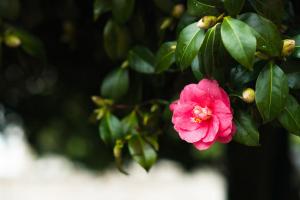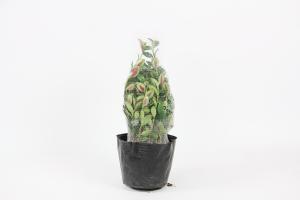How to Dry Potted Plant Soil
If you are a plant lover, then you understand how important it is to maintain healthy plant soil. One of the biggest issues with plant soil is that it can become overly moist, which can lead to issues such as root rot, mold, and pest infestations. In order to keep your plants healthy and thriving, it’s important to know how to dry potted plant soil effectively.
Step 1: Determine if Your Plant Needs Drying
The first step to drying potted plant soil is to determine whether or not your plant actually needs it. Some plants prefer moist soil, while others require dry soil. You can test your soil by sticking your finger into the soil up to your knuckle. If the soil feels wet or damp, then your plant may need to dry out a bit.
Step 2: Decrease Watering Frequency
If you’ve determined that your plant needs to dry out a bit, the next step is to decrease the frequency of watering. Depending on the plant, you may need to water it less frequently or stop watering it altogether for a period of time. This will allow the soil to dry out over time.
Step 3: Increase Airflow
To speed up the drying process, you can increase the airflow around your plant. This can be achieved by moving your plant to a location with better air circulation, such as near an open window or fan. You can also gently loosen the soil around the plant to help air circulate more effectively.
Step 4: Use a Dehumidifier
If you live in a very humid environment or if your plant is in a location with poor air circulation, you may want to consider using a dehumidifier. This can help reduce the moisture in the air and promote faster drying of your plant soil.
Step 5: Monitor Your Plant
It’s important to monitor your plant throughout the drying process to ensure that it is not becoming too dry, as this can also be detrimental to the health of your plant. Check the soil regularly for moisture and adjust your watering schedule accordingly.
Conclusion
Drying potted plant soil is an important aspect of plant care that can help prevent issues such as root rot and mold. By following these steps, you can effectively dry out your plant soil and keep your plants healthy and thriving.

 how many times do yo...
how many times do yo... how many planted tre...
how many planted tre... how many pine trees ...
how many pine trees ... how many pecan trees...
how many pecan trees... how many plants comp...
how many plants comp... how many plants can ...
how many plants can ... how many plants and ...
how many plants and ... how many pepper plan...
how many pepper plan...






























